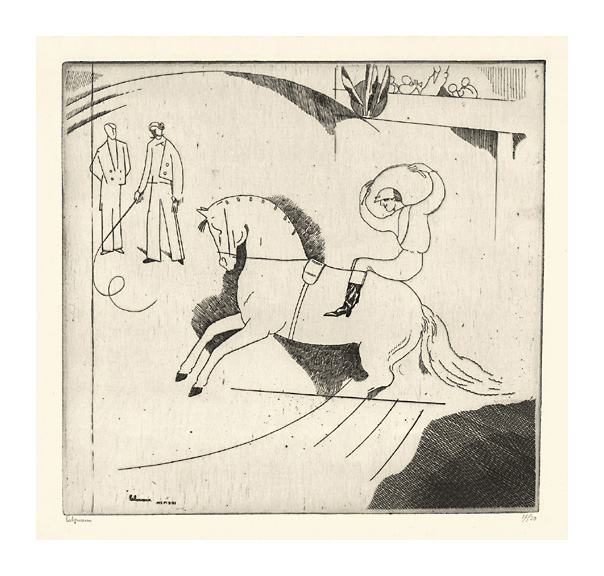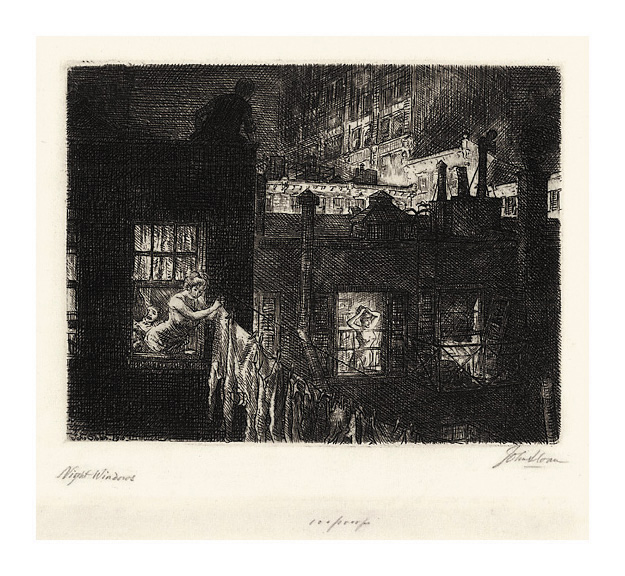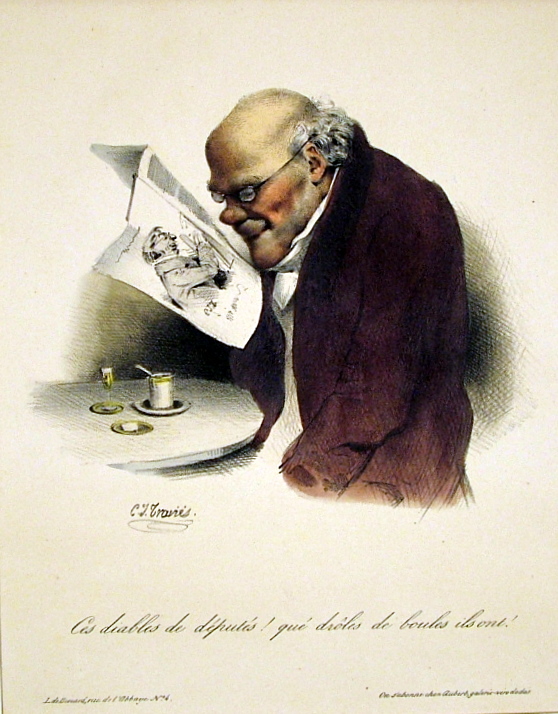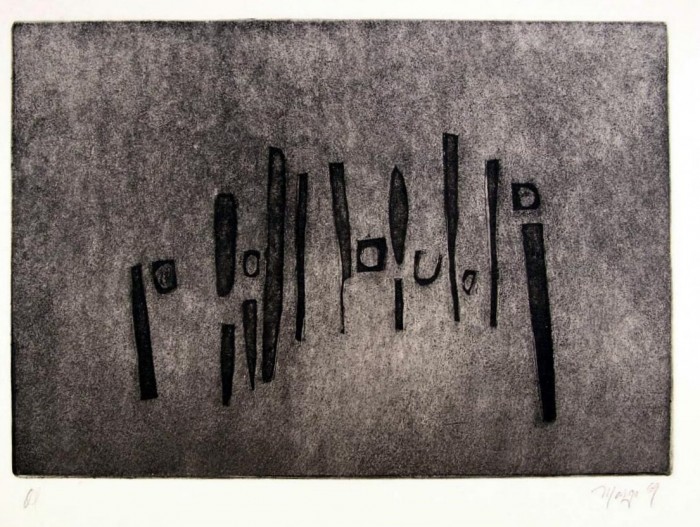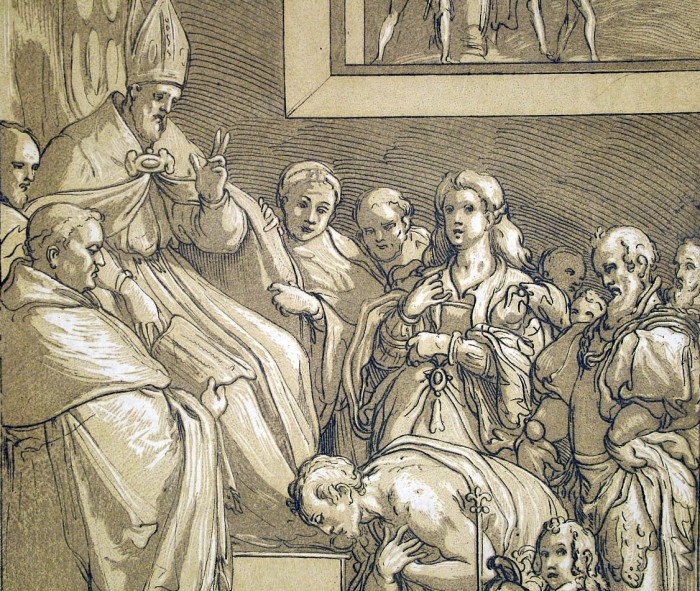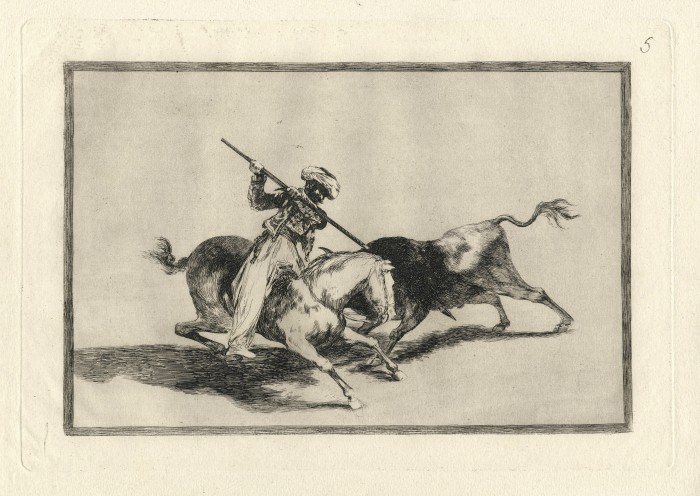
Francisco de Goya Y Lucientes (1746-1828), La Tauromaquia, the complete set of 33 etchings with aquatint, drypoint and engraving, 1814-16. First Edition, with the explanatory text page, impressions printed in sepia ink on laid paper, one with watermark SERRA, nine with watermark MORATO. References: Delteil 224-256, Harris 204-236, 247 x 353mm, the sheets approx. 298 x 411 mm. Published in Madrid by the artist, with wide margins, in very good condition, some plates with unobtrusive printing creases, with black cloth-covered binding with artist’s name in gilt.
Fine impressions of this great rarity.
Provenance:
M. Murillo (19th C.), bookseller, Madrid (not in Lugt, with his label inside back cover)
Archibald Philip Primrose, 5th Earl of Rosebery (1847-1929), The Durdans, Epsom, Surrey (not in Lugt, his stamp on the front fly-leaf)
Philip Hofer (1898-1984), Curator, Houghton Library, Harvard University (not in Lugt, with his book plate inside front cover)
Much has been written about Goya’s intent in creating the Tauromaquia set (of course including many articles and books by Philip Hofer, a prior owner of this set). Goya was nearing 70 as he began the plates, and to a certain degree he recalls his youth in them – growing up he knew or at least had seen many of the great bullfighters, and later claimed to have done some bullfighting himself. He began the set with portraits of contempory bullfighting, and the great moments he personally recalled, but then added historical figures as well, going back to medieval times, and 16th Century figures, so the set became a sort of review – although certainly not an accurate history – of bullfighting through the years. Goya is unconcerned with the historical validity of the costuming or even the setting, and as he redid certain plates and worked from his original drawings, he simplified the compositions radically, so that only the most essential shapes and characters appear. Many commentators have identified the plates of the Tauromaquia set as forerunners of impressionism, and expressionism, which they surely are; we would also suggest their evolution also evokes the modernist temper of abstraction, for in these plates one can see Goya re-ordering a finite number of shapes in different ways, in each instance revealing a new and fascinating aesthetic form.
The First Edition of La Tauromaquia was published in very small numbers, both as a set and as single plates; the initial edition is thought to have been much smaller than that of the Caprichos (which was about 300). Long after Goya’s death the Calcographia produced additional editions, starting with a small one in 1855 (on wove), a Third in 1876 (on laid), up to a Seventh in 1937. The plates of La Tauromaquia deteriorated substantially after the First Edition, so it is only be viewing the prints of the lifetime First Edition that one can fully appreciate the splendid technical and aesthetic achievement that Goya’s Tauromaquia represents.
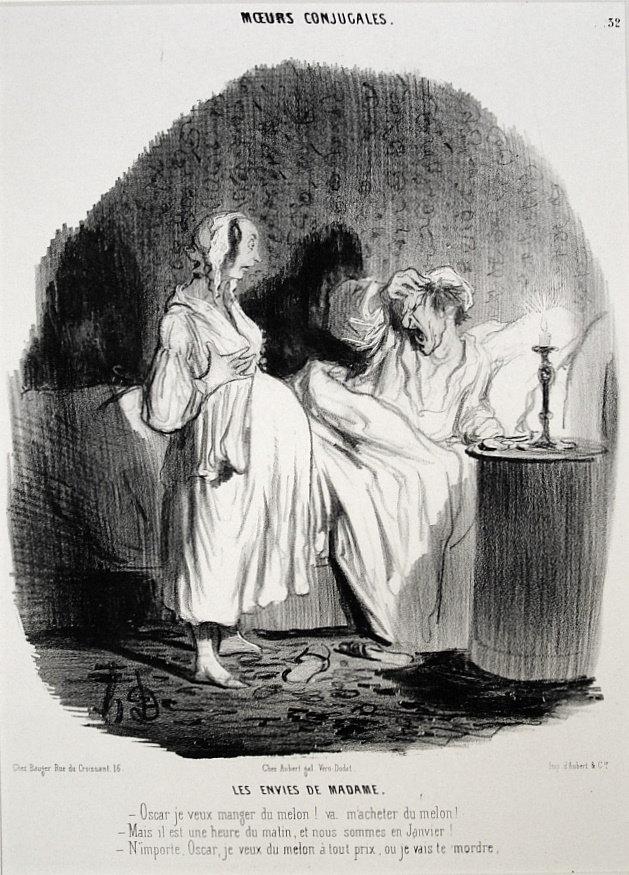
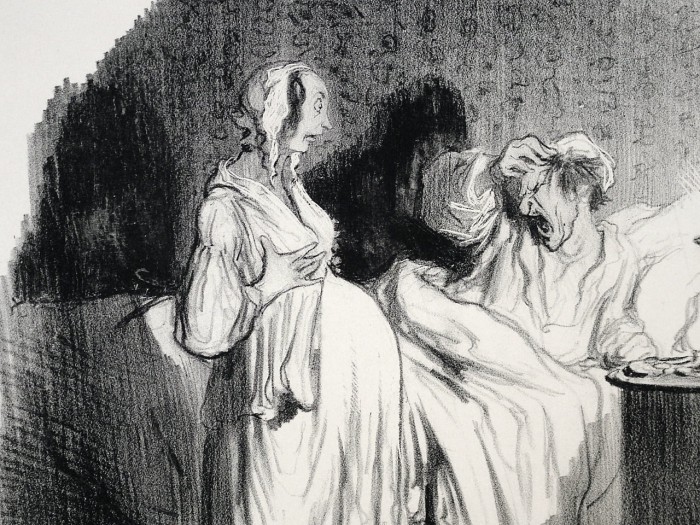
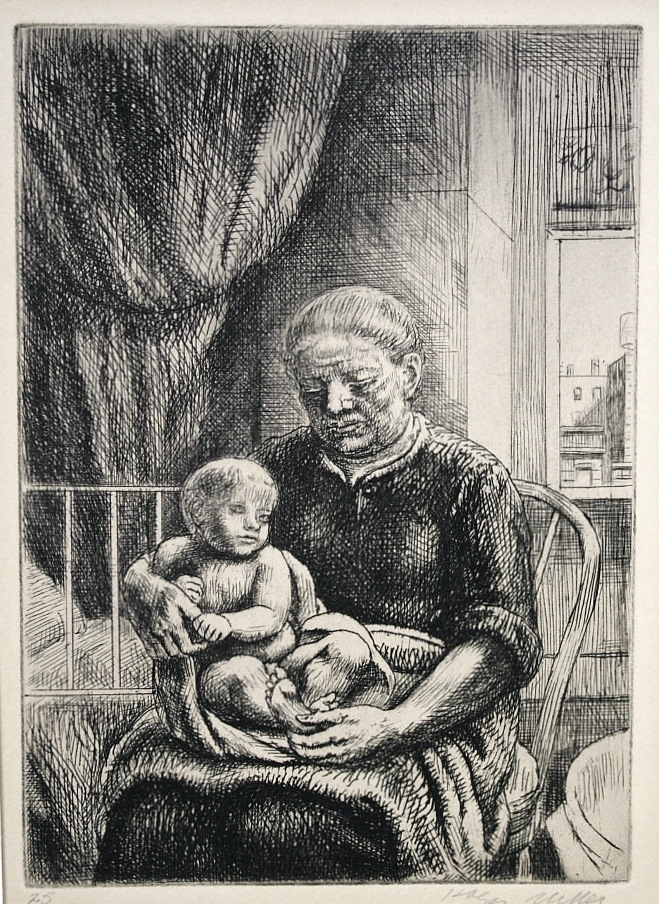
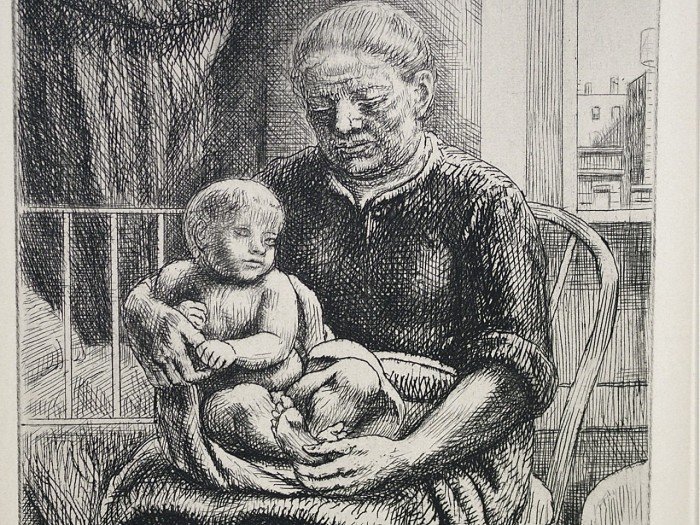
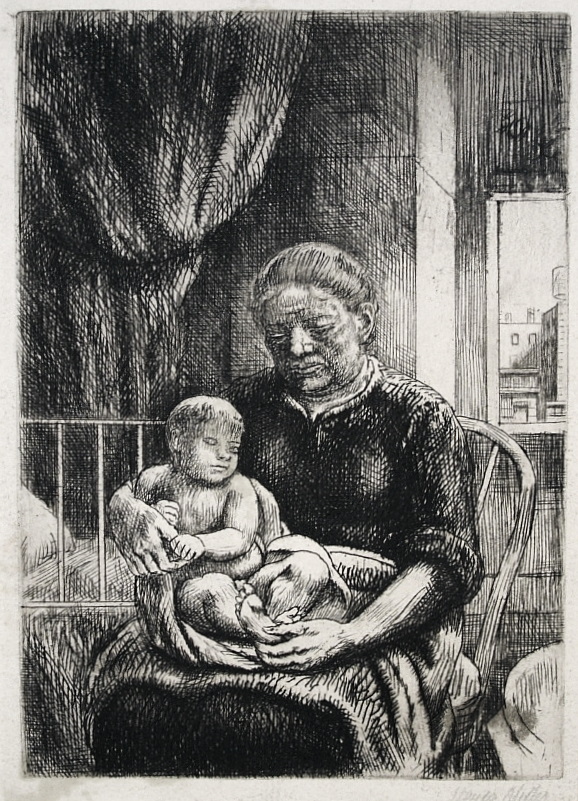
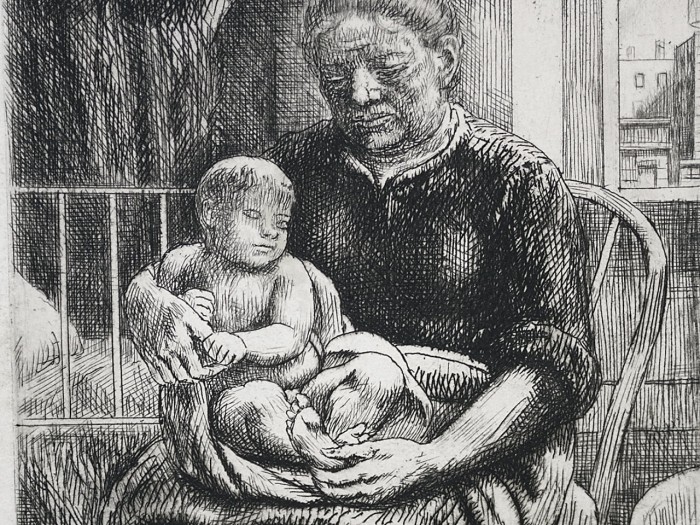
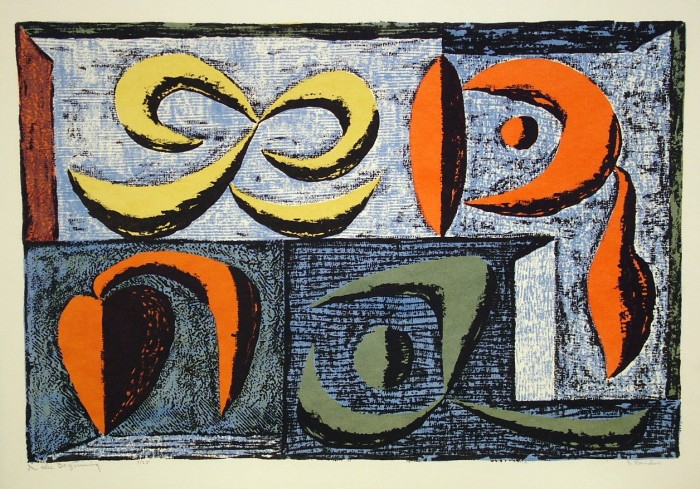
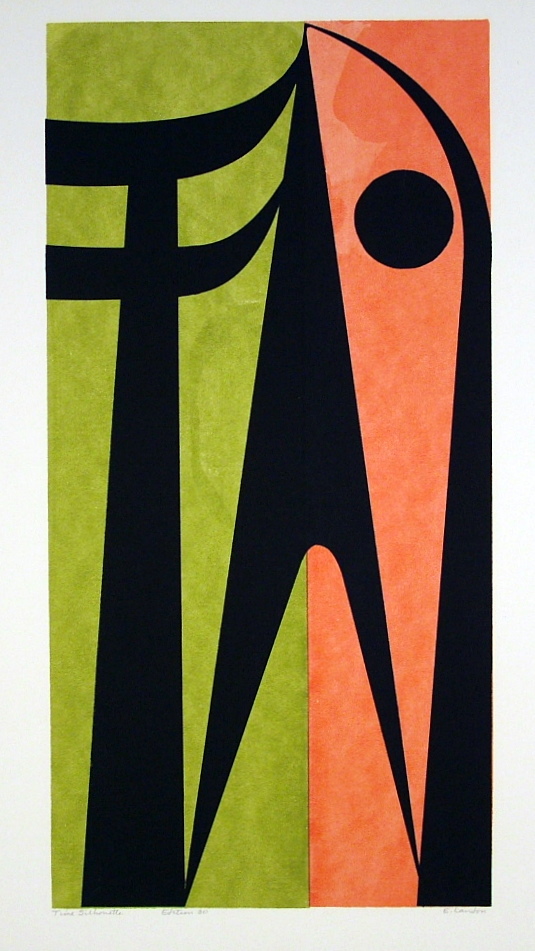

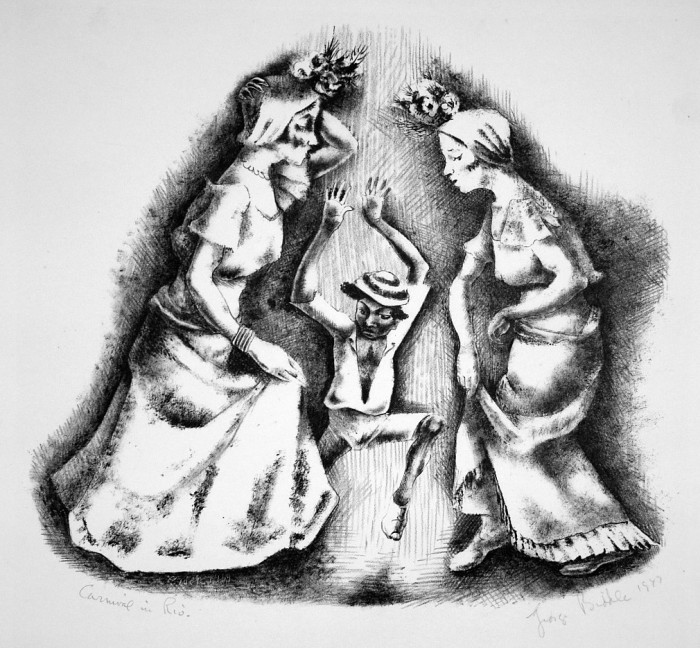
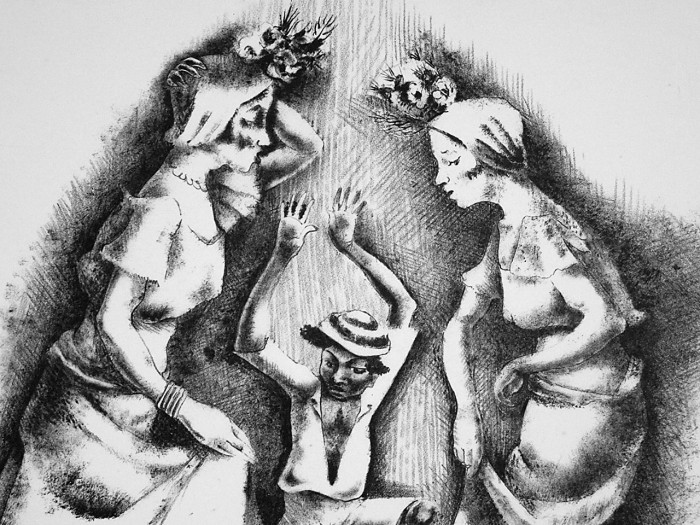
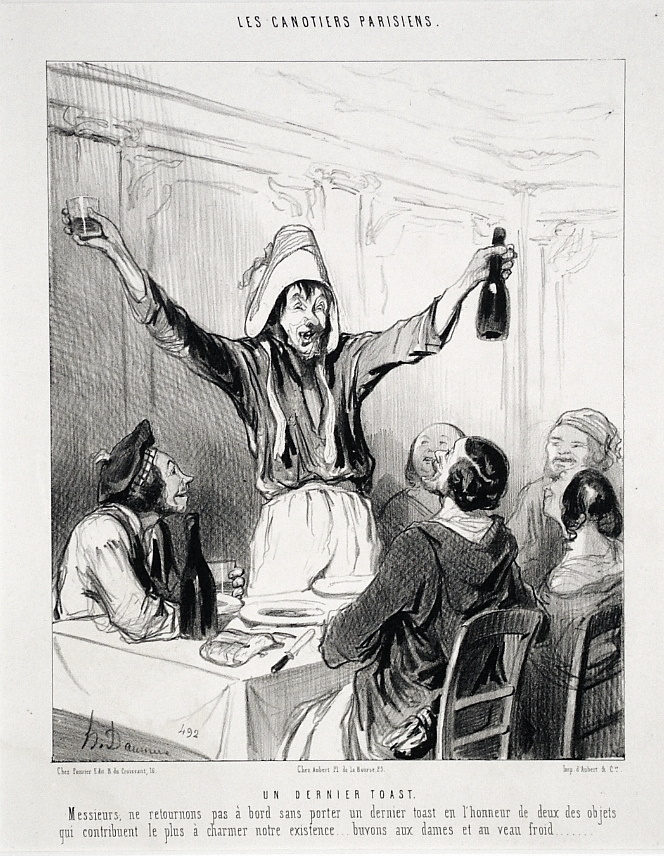 Honore Daumier (1808-1879), Un Dernier Toast, lithograph, 1843. Reference: Daumier Register 1040, third state (of 4). With letters [signature in the stone]. From the Album Les Canotiers Parisiens, Plate number 18. With text this print appeared in the journal Le Charivari; it was also issued sur blanc (see below) by Pannier and Aubert. In good condition, slight staining outside of image lower left, 11 1/2 x 8, the sheet 13 7/8 x 10 1/2 inches.
Honore Daumier (1808-1879), Un Dernier Toast, lithograph, 1843. Reference: Daumier Register 1040, third state (of 4). With letters [signature in the stone]. From the Album Les Canotiers Parisiens, Plate number 18. With text this print appeared in the journal Le Charivari; it was also issued sur blanc (see below) by Pannier and Aubert. In good condition, slight staining outside of image lower left, 11 1/2 x 8, the sheet 13 7/8 x 10 1/2 inches.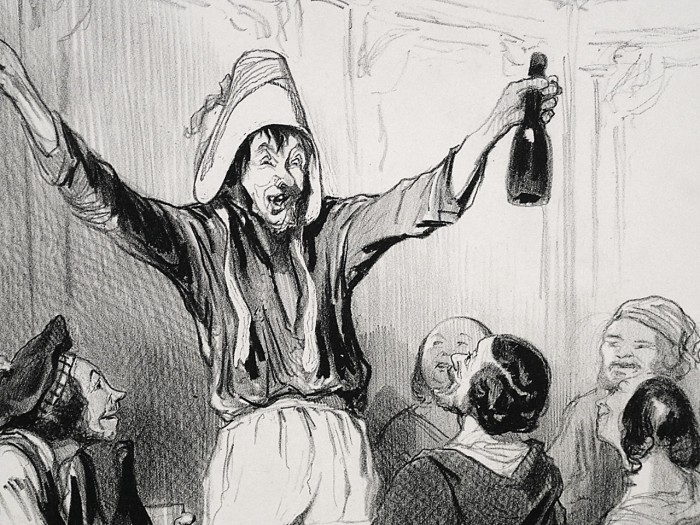
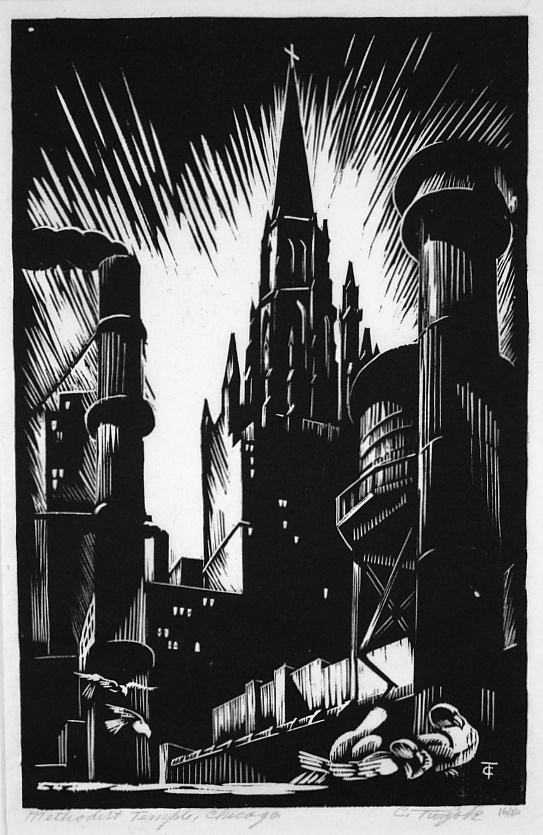


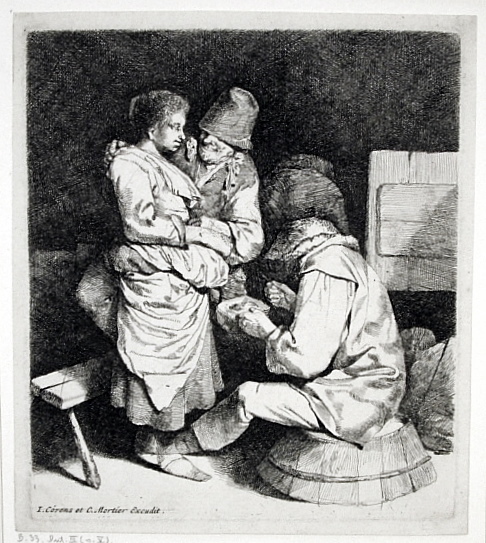

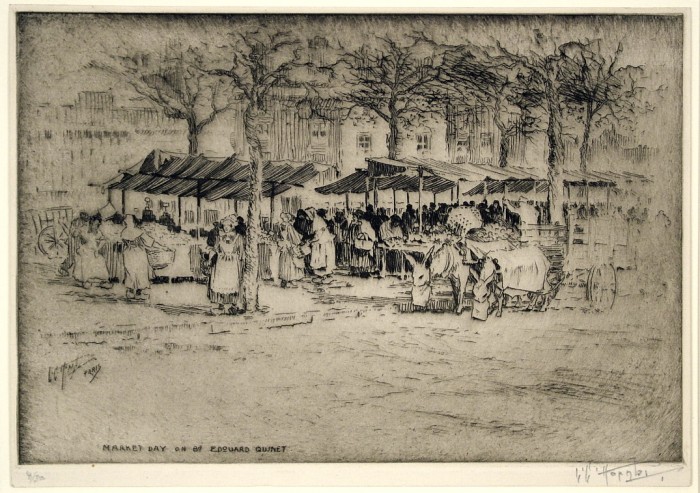

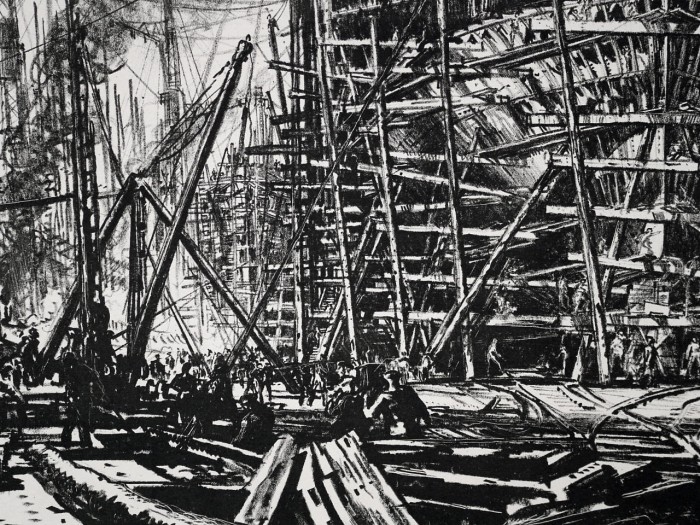


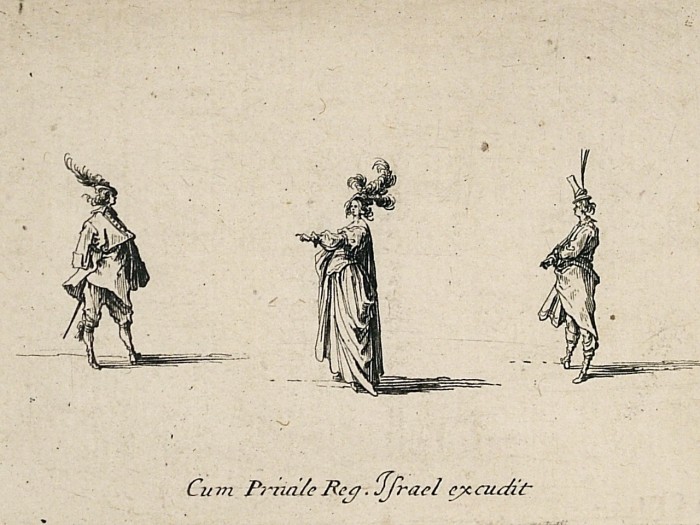
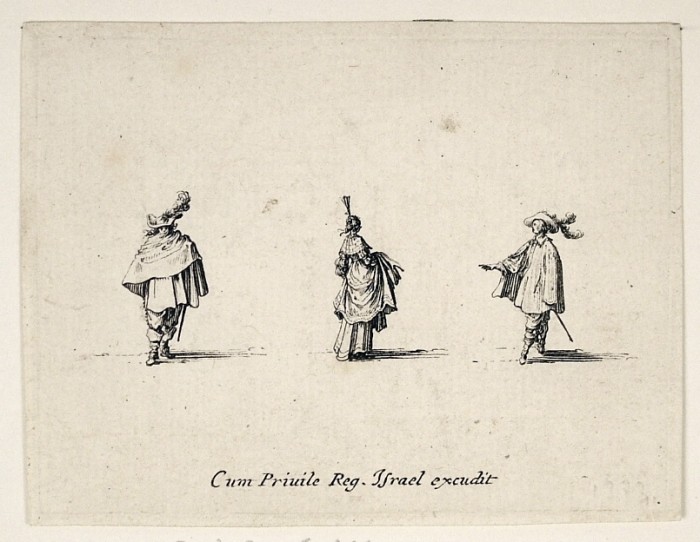
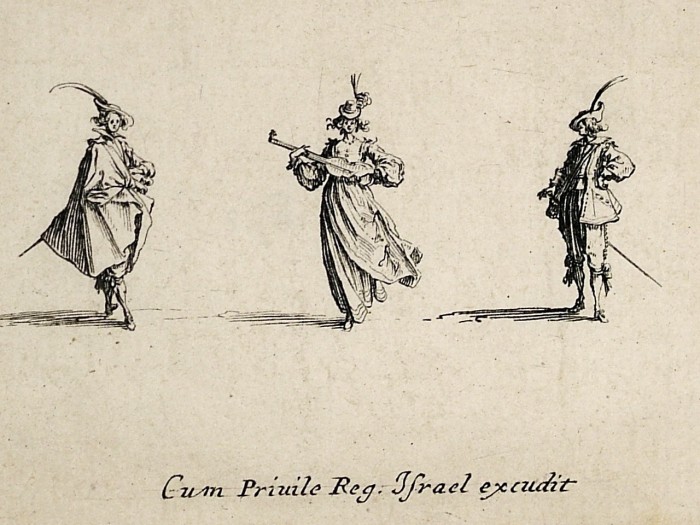

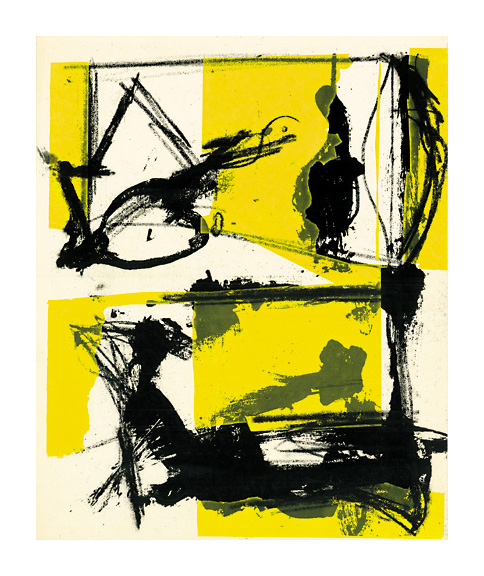 Grace Hartigan (1922-2008), Untitled (from Salute), 1961, color serigraph, edition not stated, unsigned, numbered 23 in pencil verso.
Grace Hartigan (1922-2008), Untitled (from Salute), 1961, color serigraph, edition not stated, unsigned, numbered 23 in pencil verso.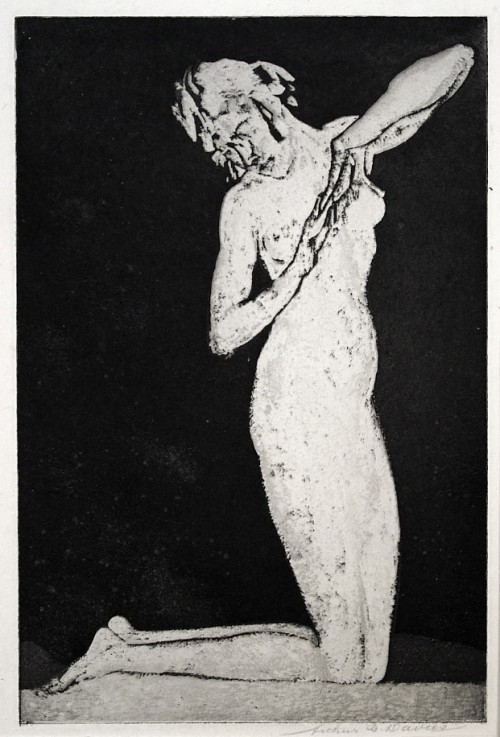
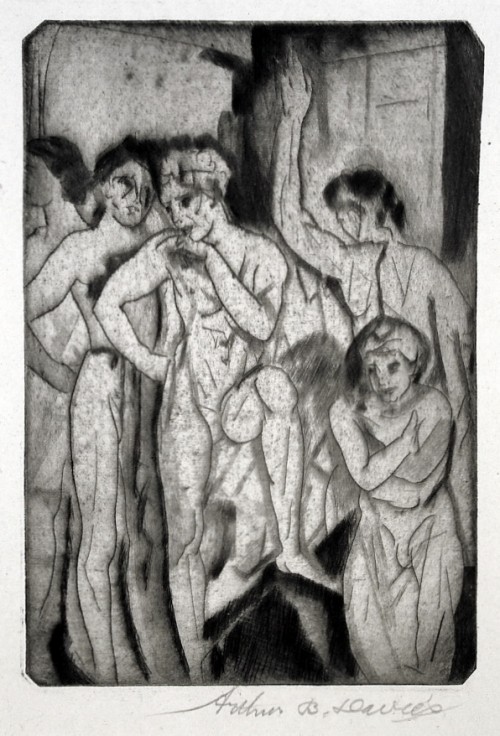
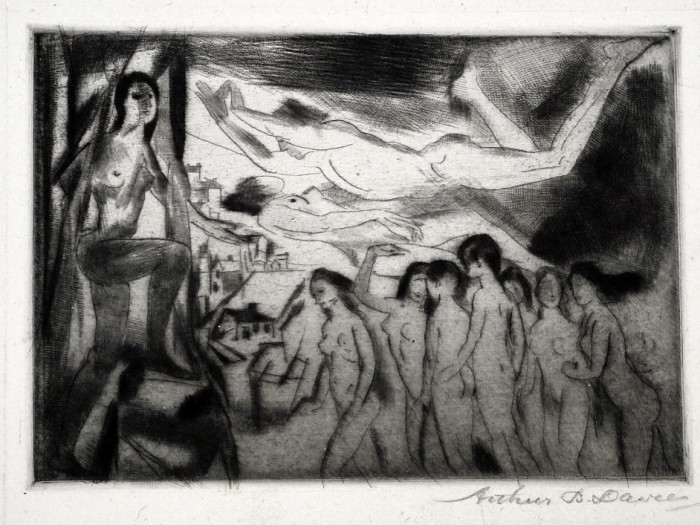
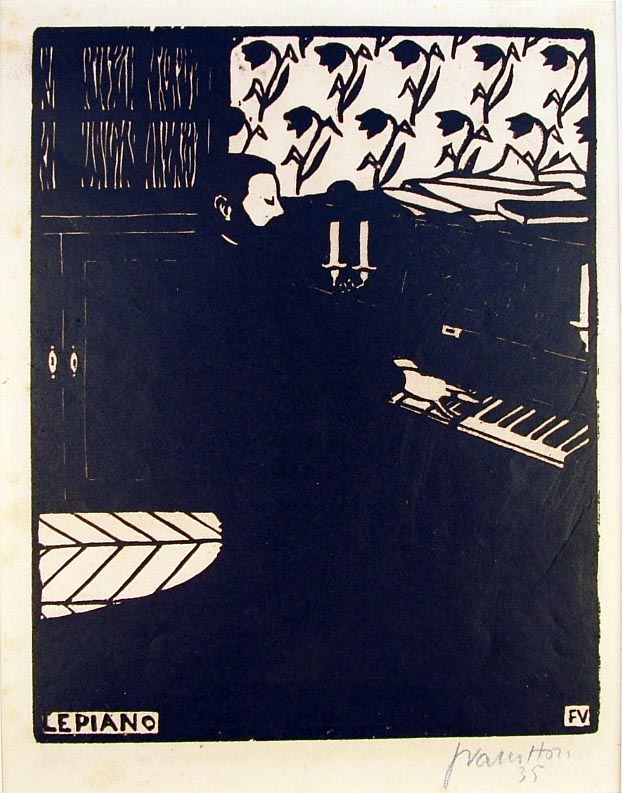
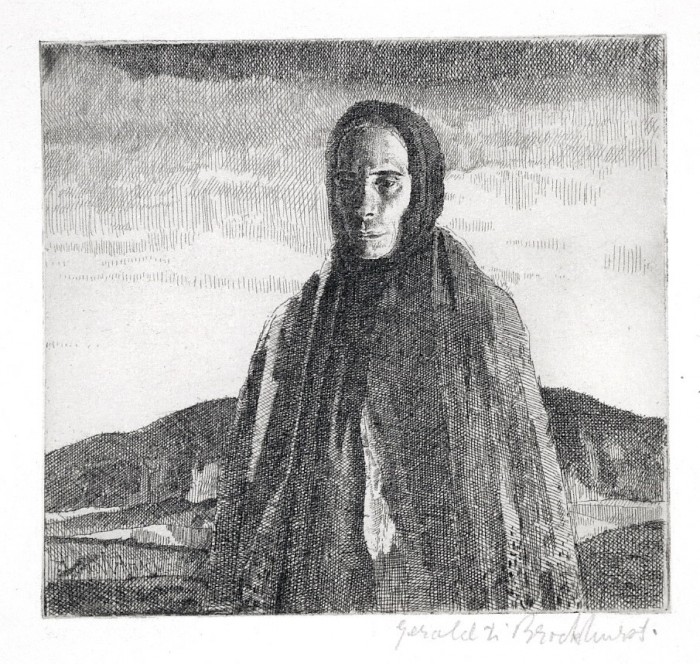
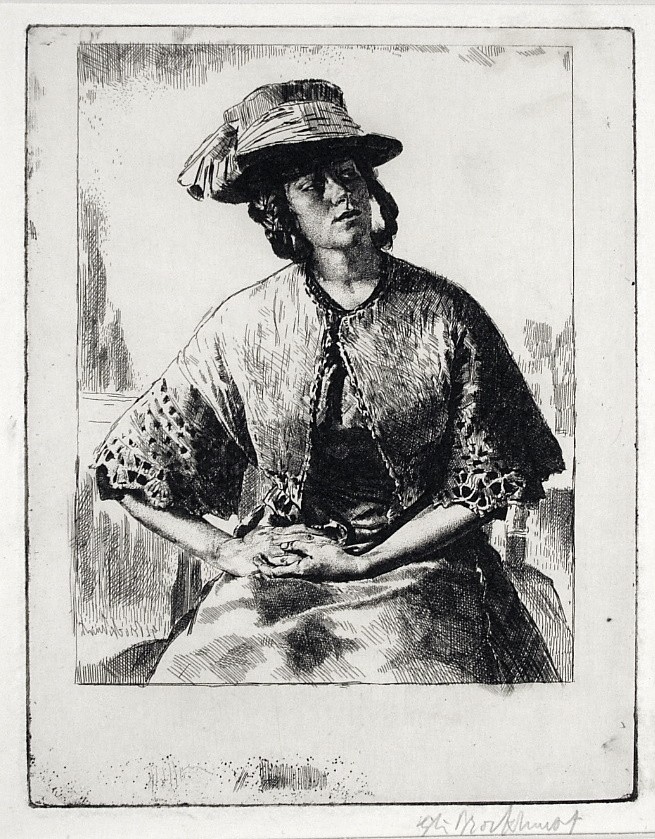

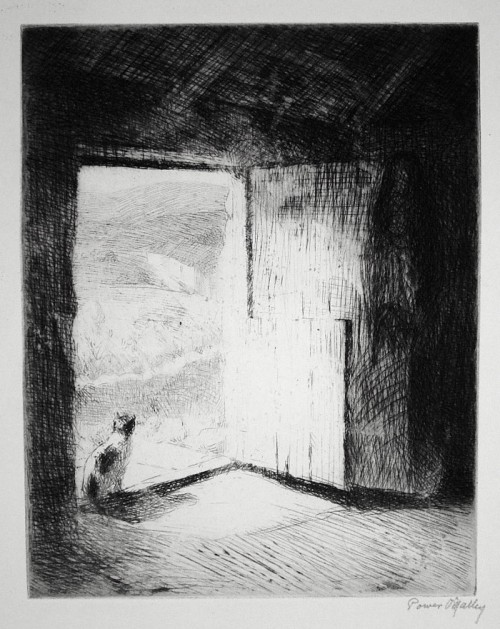
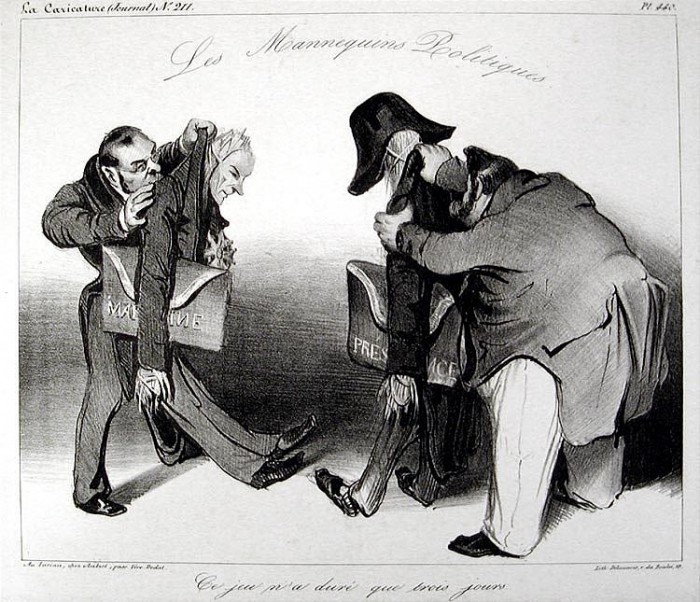
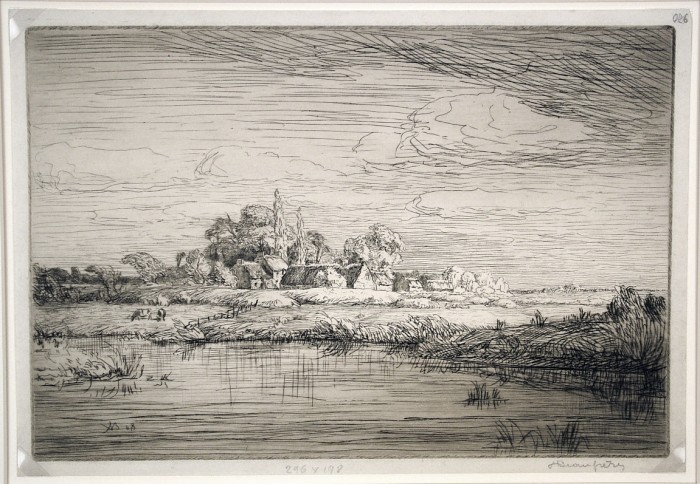

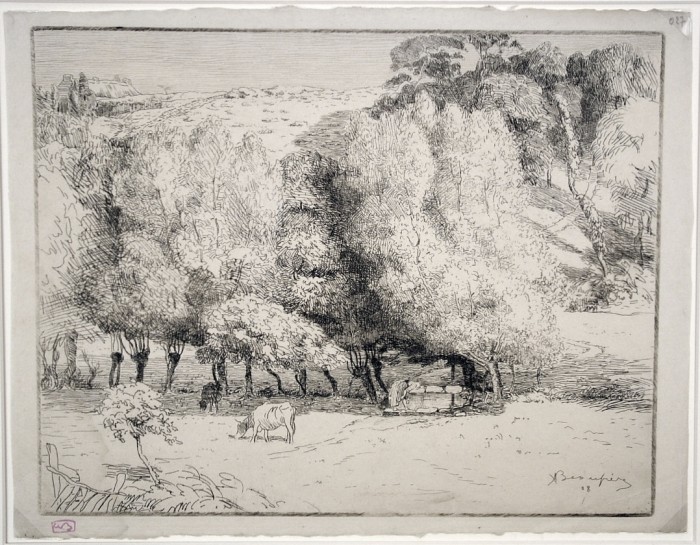


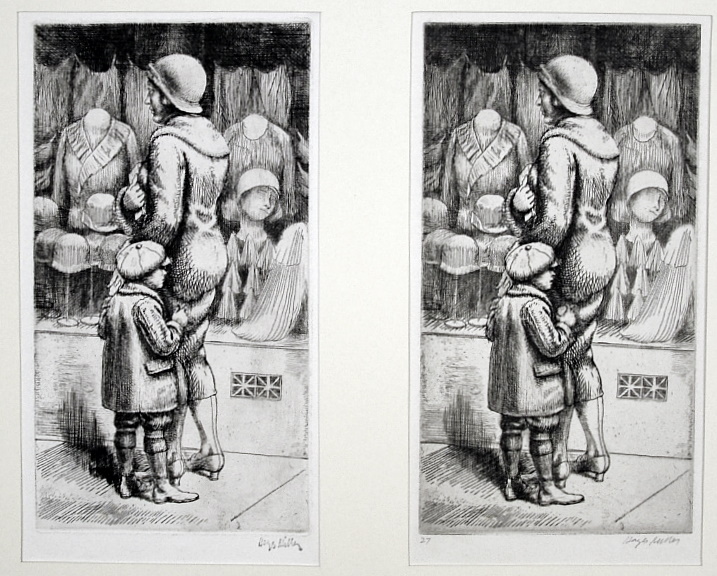
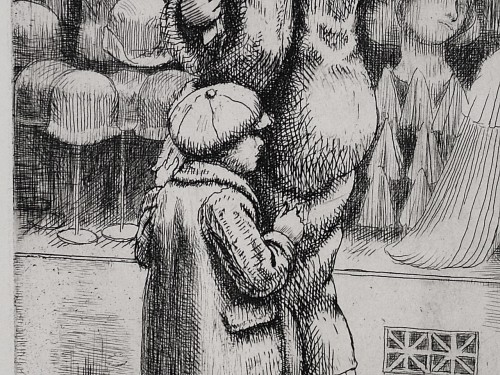
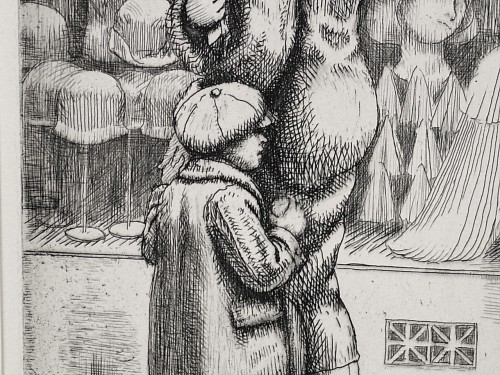
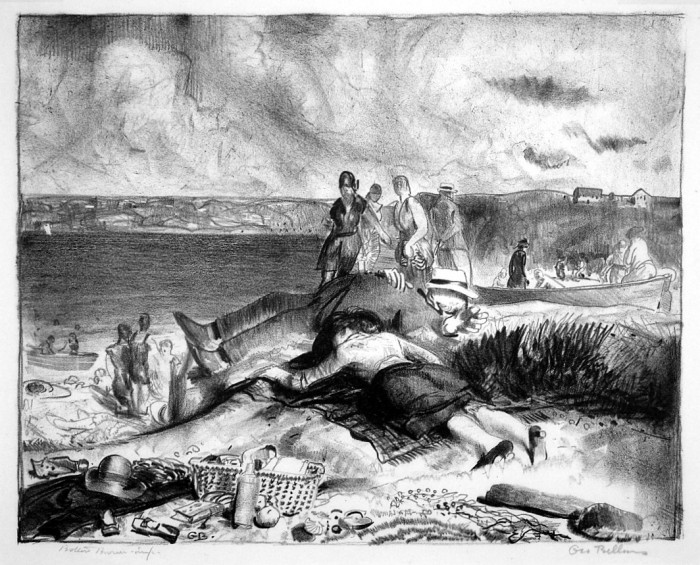
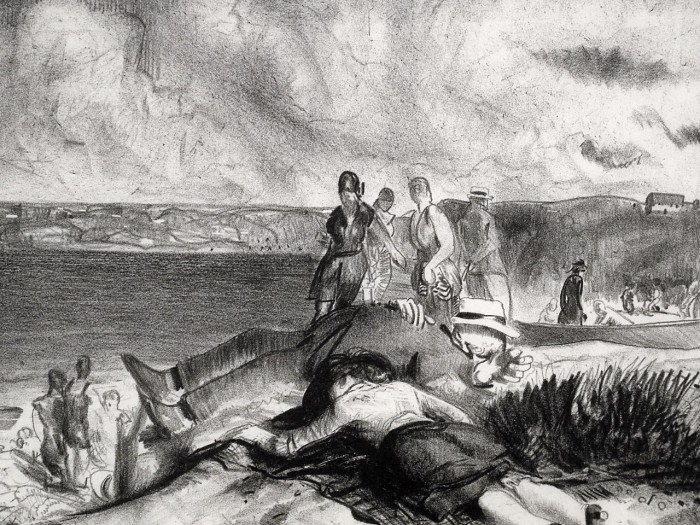
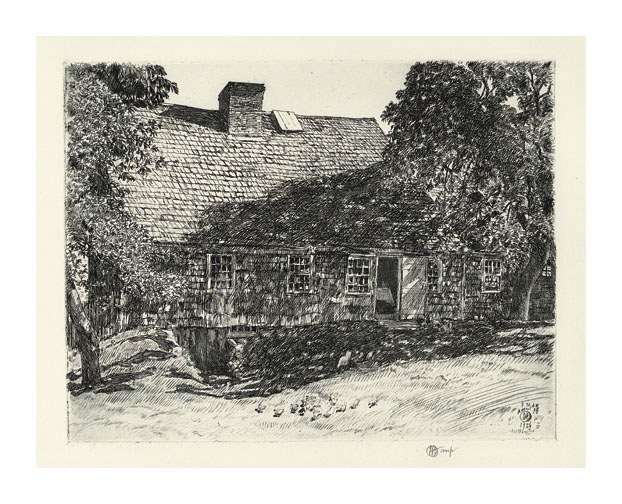
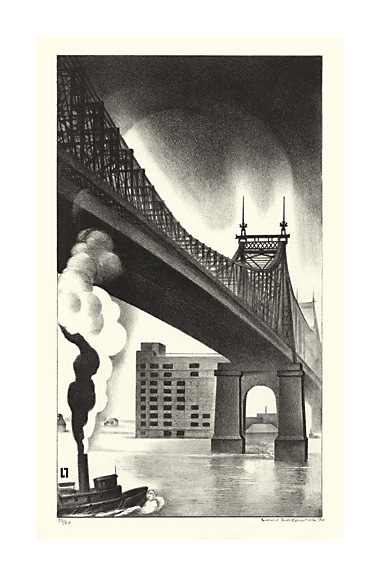
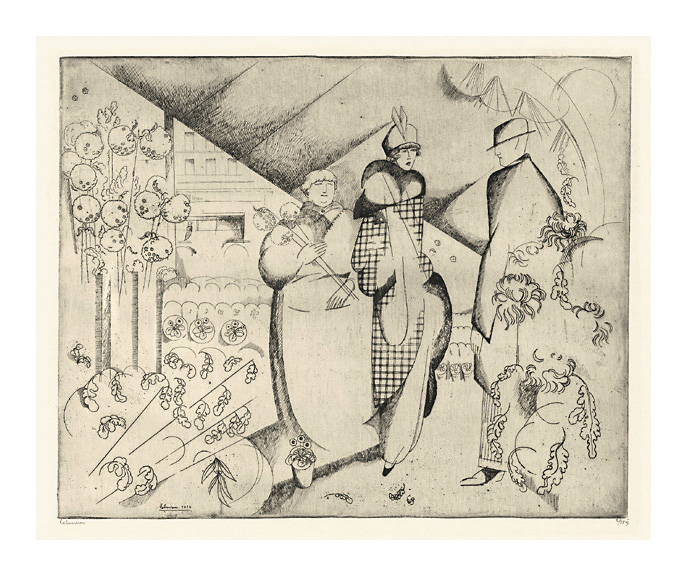 Jean-Emile Laboureur (1877-1943), Le Marché aux Fleurs ou la Rencontre, 1914, Engraving. Sylvain Laboureur 127, second state (of 2). Edition of 35. Signed, titled, and numbered 2/35 ép in pencil. Signed and dated in the plate, lower left.
Jean-Emile Laboureur (1877-1943), Le Marché aux Fleurs ou la Rencontre, 1914, Engraving. Sylvain Laboureur 127, second state (of 2). Edition of 35. Signed, titled, and numbered 2/35 ép in pencil. Signed and dated in the plate, lower left.